
OR
One youth in Gulmi earns more than Rs 100 ,000 monthly from goat raising
Published On: May 4, 2017 09:35 AM NPT By: SHIVA LAL SUBEDI
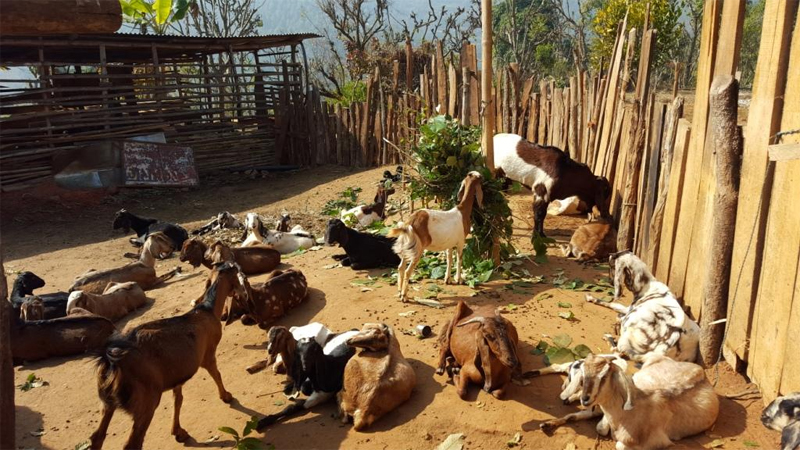
GULMI, May 4: At a time when a majority of youths prefer to go abroad for foreign employment, one youth in Gulmi district has preferred goat raising to foreign employment for making money.
His name is Arjun Kanauje who is a resident of Aslewa in Satyawati Rural Municipality of Gulmi district.
He earns more than one Rs one hundred thousand monthly. He has earned more than Rs 2 m since he started farm raising one and a year ago. He owns more than 150 goats.
Pictures of his goats are shown below:


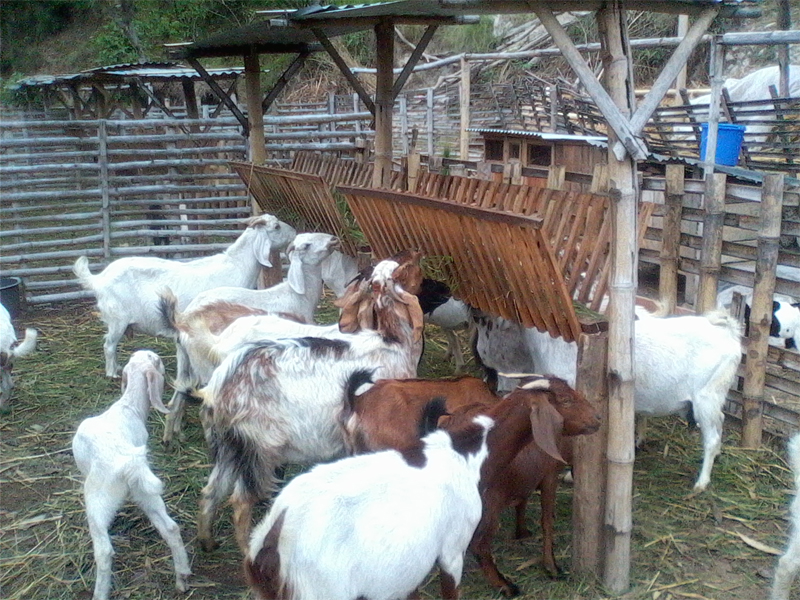
You May Like This

Poll expenditure of losing candidates in Gulmi more than that of winners
GULMI, Jan 26: Most of the candidates who contested the parliamentary and provincial elections of December 7 have submitted the details... Read More...

Poll expenditure of losing candidates in Gulmi more than that of winners
GULMI, Jan 25: Most of the candidates who contested the parliamentary and provincial elections of December 7 have submitted the details... Read More...
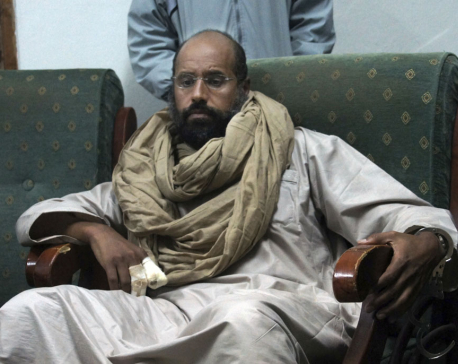
Gadhafi's son released after more than 5 years of detention
BENGHAZI, June 11: Seif al-Islam, the son and one-time heir apparent of late Libyan dictator Moammar Gadhafi, has been released... Read More...

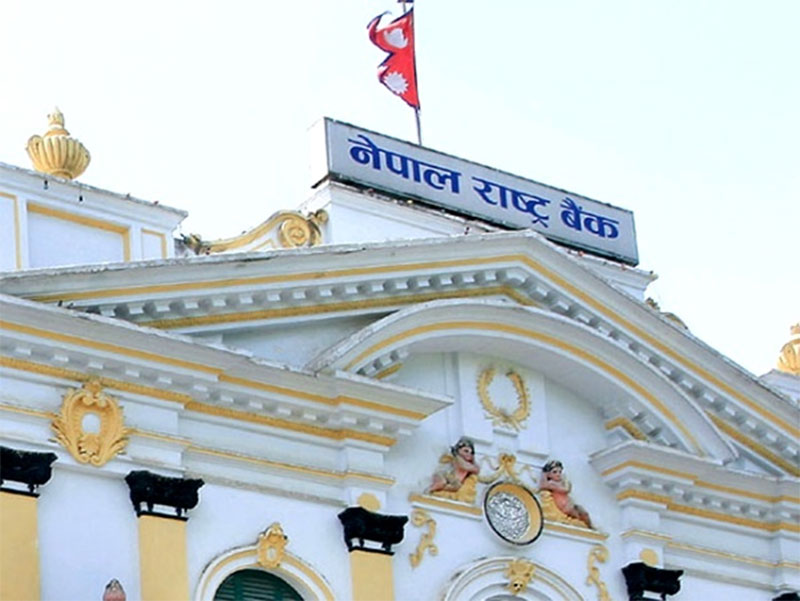
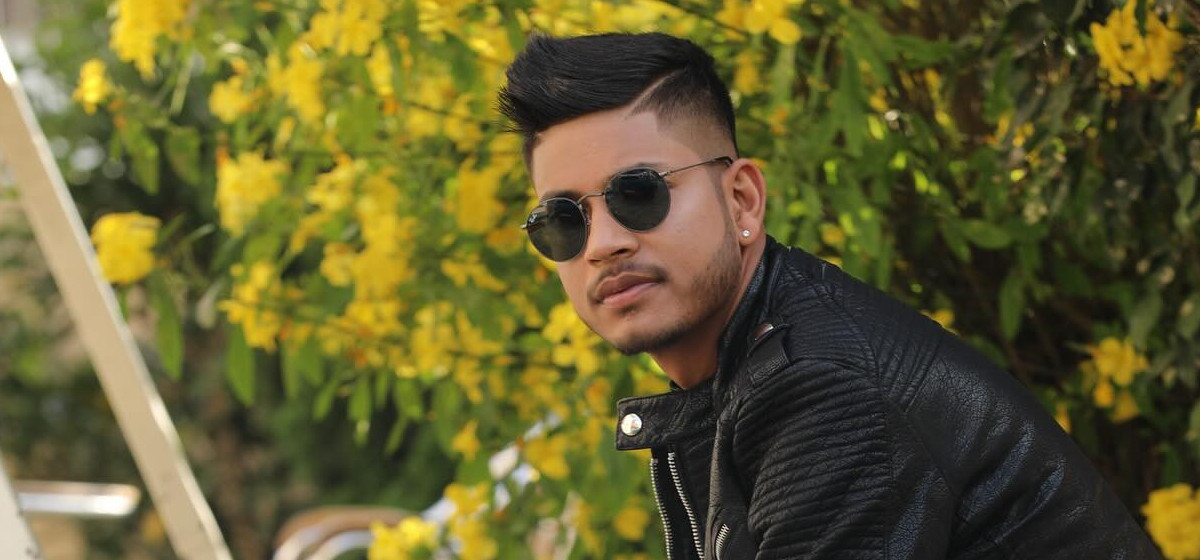
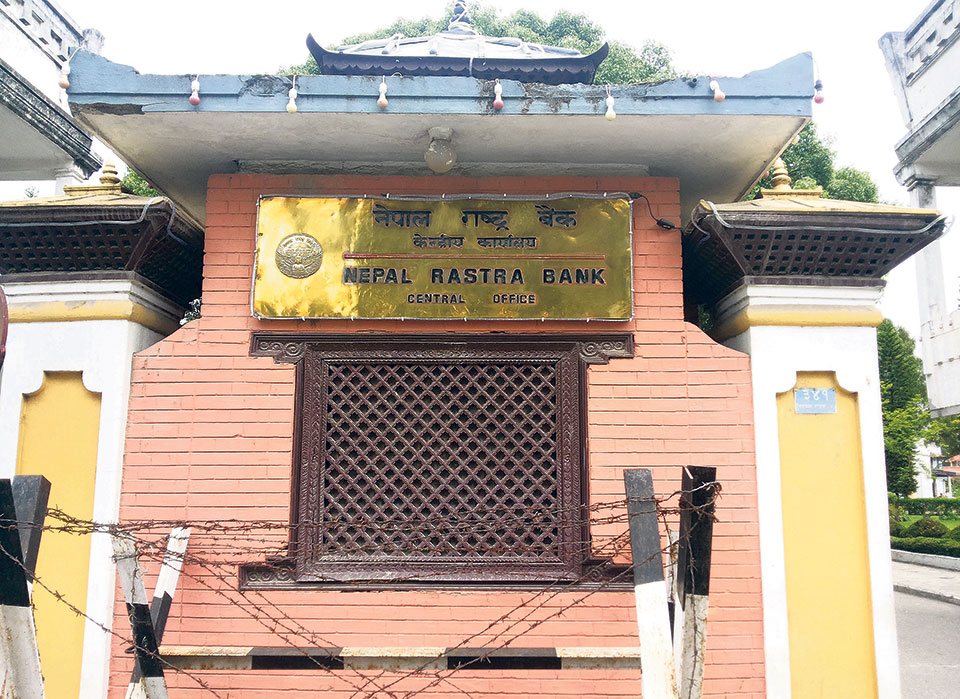
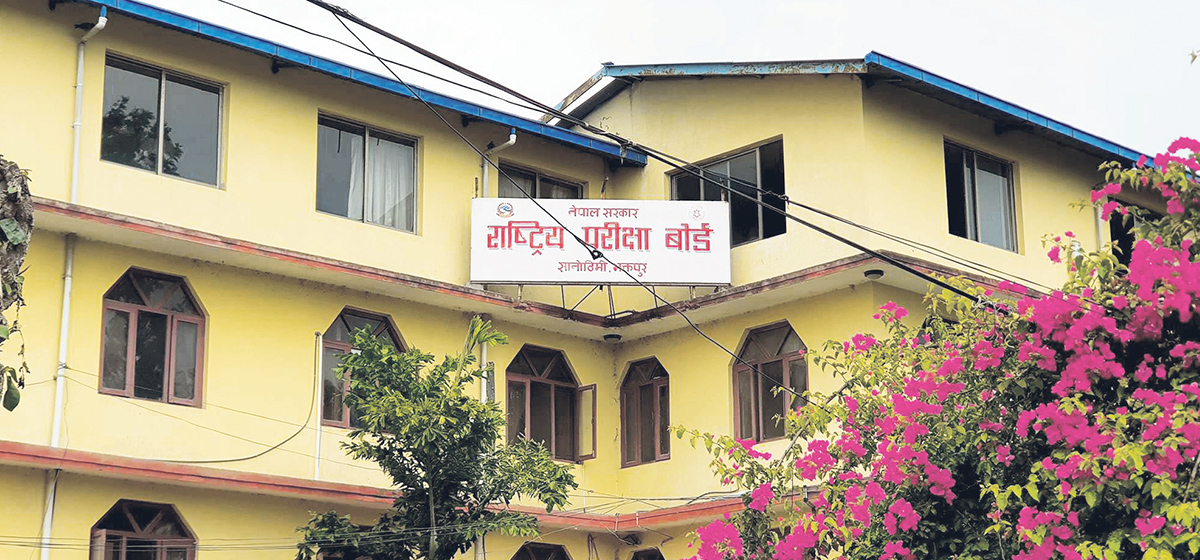
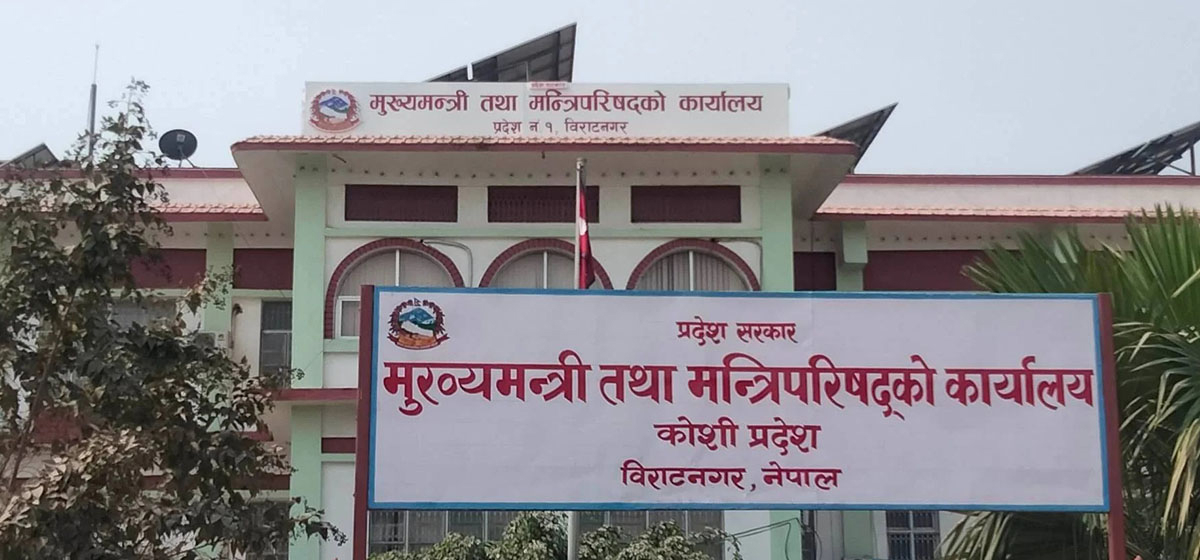
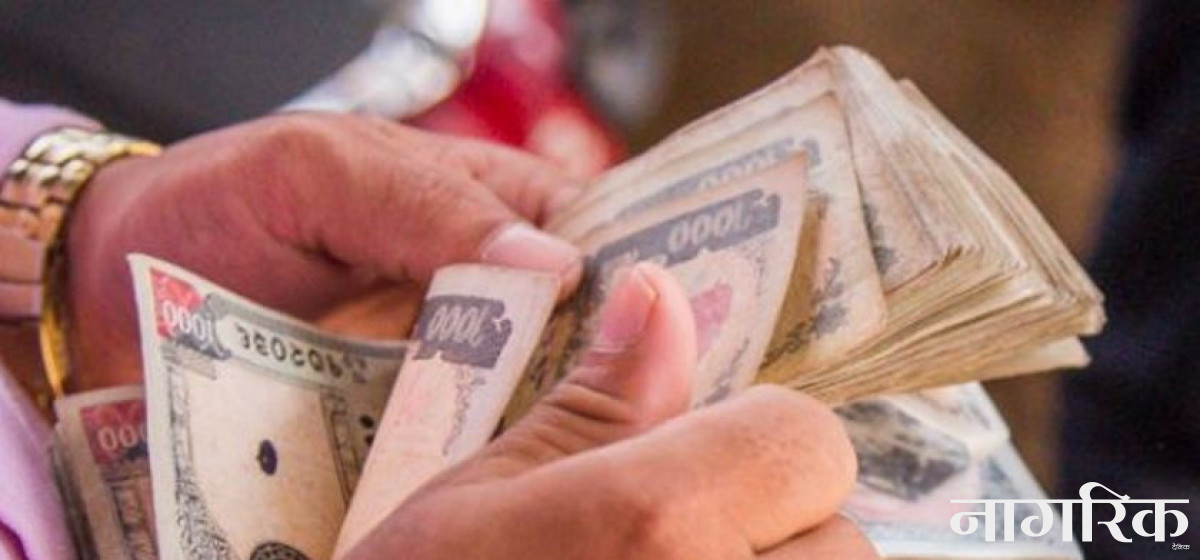
Just In
- NRB to provide collateral-free loans to foreign employment seekers
- NEB to publish Grade 12 results next week
- Body handover begins; Relatives remain dissatisfied with insurance, compensation amount
- NC defers its plan to join Koshi govt
- NRB to review microfinance loan interest rate
- 134 dead in floods and landslides since onset of monsoon this year
- Mahakali Irrigation Project sees only 22 percent physical progress in 18 years
- Singapore now holds world's most powerful passport; Nepal stays at 98th



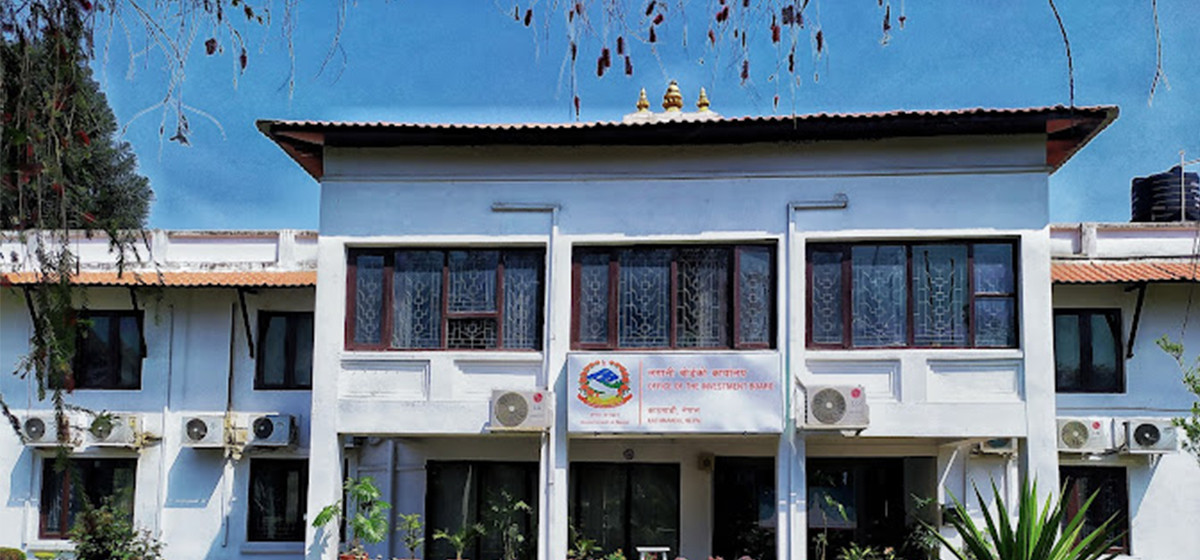


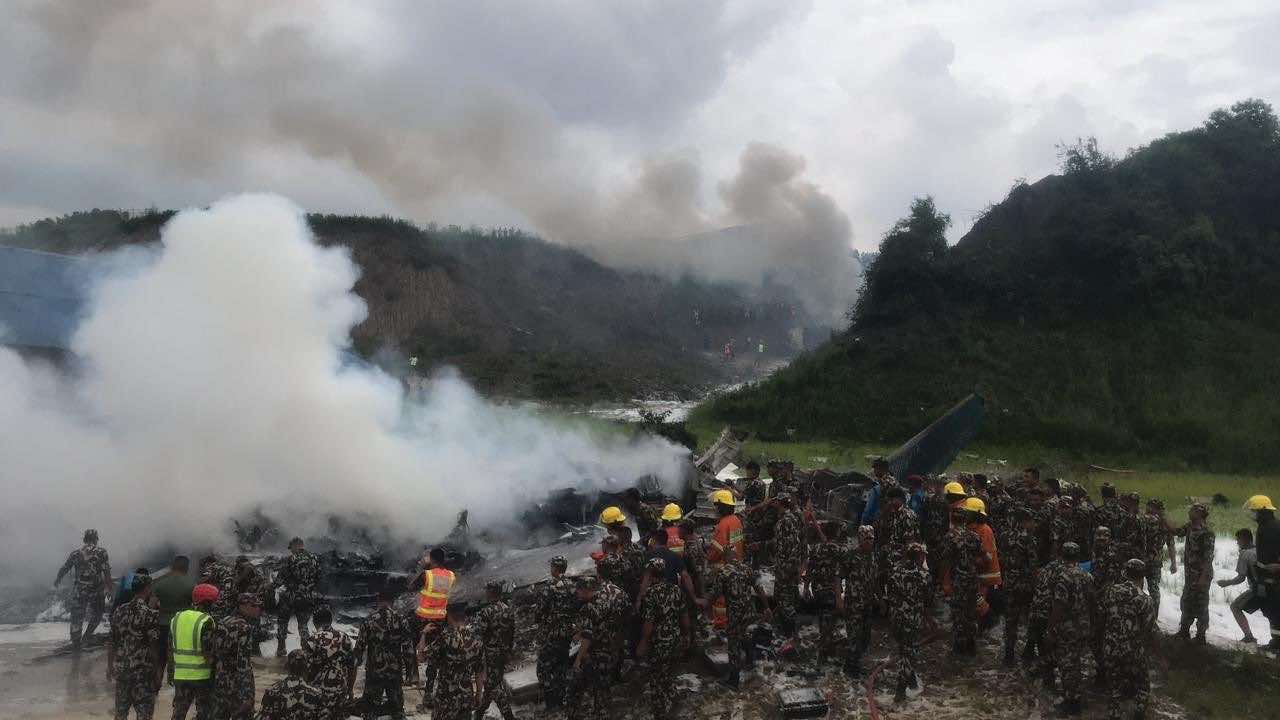




Leave A Comment